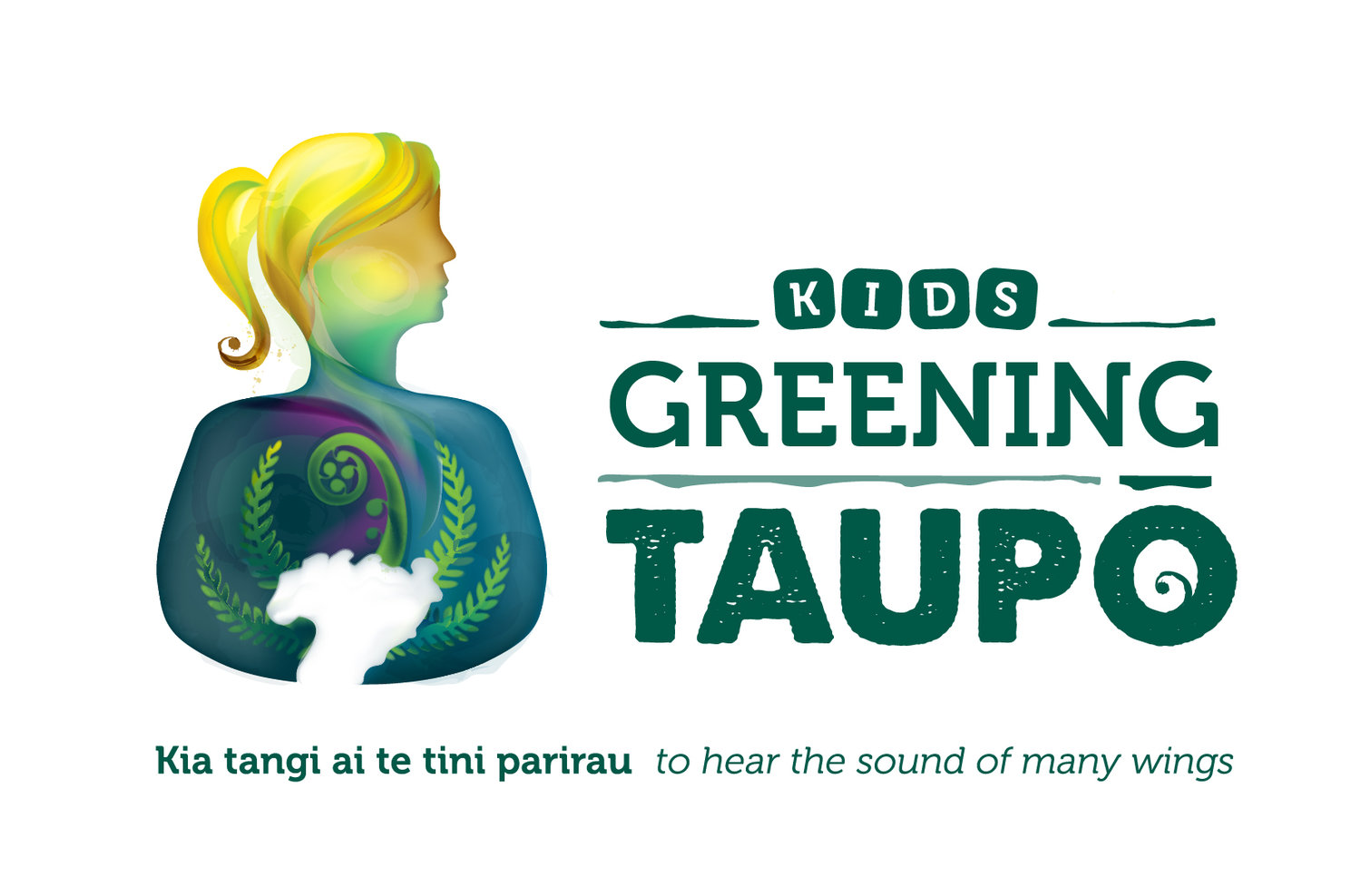Discover Tarata
Welcome to the world of Tarata, a remarkable tree that holds secrets waiting to be uncovered! Let’s explore the neat aspects of Tarata.
What is Tarata? Tarata is a pittosporum, a type of New Zealand native evergreen tree. This means it is green all year long and does not lose its leaves. It is also called Lemonwood. Can you guess why? Keep reading to see if you are right.
Tarata are easy to spot if you know what to look for. Let's take a look at some of their unique characteristics:
Leaves: Tarata leaves are a mix of green and yellow , with a wavy edge as if they have been curled.
Flowers: The clustered soft yellow coloured flowers are bell shaped releasing a lovely smell in the spring.
Seeds and Fruit: The seeds, which are hard black capsules, take a full year to mature into the green fruit, so you can find them nestled in the green fruit from the previous year.
Scent: When the leaves are torn or crushed they release a lemony smell. Did you guess right? That is why it is also called Lemonwood.
Tarata is not just a beautiful tree; it also plays an import role in the New Zealand ecosystem. Tarata offers a home and food for many birds and insects. Many different birds , like tui, korimako (bellbird), and kererū, munch on its tiny, green berries. The sticky seeds stick to the birds feet and feathers which disperses, or spreads, the seeds to other areas. Besides that, the tree also gives a safe place for insects to live such as the steel blue ladybird which is attracted to its lemony scent. Many times you will see a dark purple ring around a hole in the leaves. This is made by the pittosporum flower weevil as it forages on its leaves.
There are many traditional uses of the tarata. Traditionally, Māori used the tree's resin as hair oil and perfume because it has a nice lemony smell. The resin from the tree was mixed with the sap from pūhā and chewed like a piece of gum to make their breath smell fresh. It worked so well that sometimes they chewed the same piece more than once. Children even today will suck on torn leaves for a sweet refreshing taste. When the gum was allowed to harden over knots and ropes, it acted just like glue. Māori would even make musical trumpets called a pūtātara from the trunk and branches. To learn more about the trumpet visit The Victoria University of Wellington Library website. To hear what a pūtātara sounds like visit Te Ara the Encyclopedia of New Zealand.
Tarata is a fascinating tree with many interesting secrets to discover.


